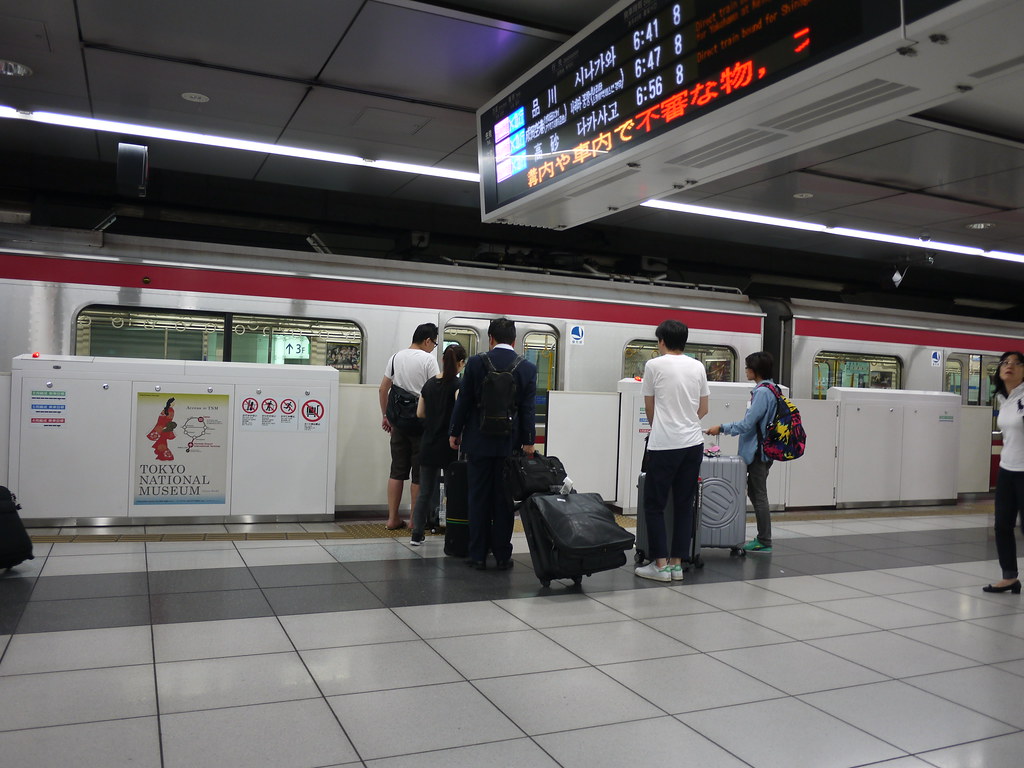Tokyo International Airport (Haneda Airport)

Tokyo International Airport (IATA code: HND, ICAO code: RJTT), located in Ōta City, Tokyo, Japan, is commonly known as Haneda Airport (羽田空港 / はねだくうこう Haneda Kūkō) due to its location in the Haneda area. The airport opened on August 25, 1931, and, together with Narita International Airport, serves as one of Tokyo's two major international gateways. It is also a key hub for domestic flights in Japan. According to Japan’s Airport Law classification, Haneda Airport is designated as a core airport. Covering approximately 1,522 hectares, it features three terminals and four runways. In terms of area, number of takeoffs and landings, and passenger traffic, it is the largest civil airport in Japan. In 2019, Haneda ranked fifth in the world for passenger throughput.
Haneda is one of Japan’s oldest airports, located near Tokyo Bay and the mouth of the Tama River. It has undergone several expansions through land reclamation. After Narita Airport opened, Haneda was temporarily limited to domestic flights (with some exceptions such as flights to Taiwan and charter services). However, with a "re-expansion project," it resumed regular international flights and, starting in 2019, began handling many intercontinental routes previously operated by Narita. The Japanese aviation industry currently positions Haneda as the "Gateway to Japan," focusing on domestic-international connections, while Narita is positioned as the "Gateway to Asia," emphasizing transit between Southeast Asia and international destinations.
In addition to commercial flights, Haneda Airport also handles government aircraft used by members of the imperial family, the prime minister, and cabinet officials, as well as VIP aircraft for foreign heads of state and diplomats. This is primarily due to its proximity to central Tokyo and superior security measures. The airport includes dedicated VIP facilities, such as exclusive aprons (V1 and V2) and separate VIP lounges.
Haneda is one of the few airports in Japan that offers 24-hour takeoff and landing services, alongside Kansai International Airport, Chubu Centrair International Airport, New Chitose Airport, Kitakyushu Airport, and Naha Airport. Most late-night operations involve low-cost carriers, international red-eye flights, and some cargo services (e.g., flights operated by Yamato Transport's "TA-Q-BIN" logistics service). Terminal 3 operates 24/7 year-round, while the other two terminals adjust their hours based on scheduled flights.





































